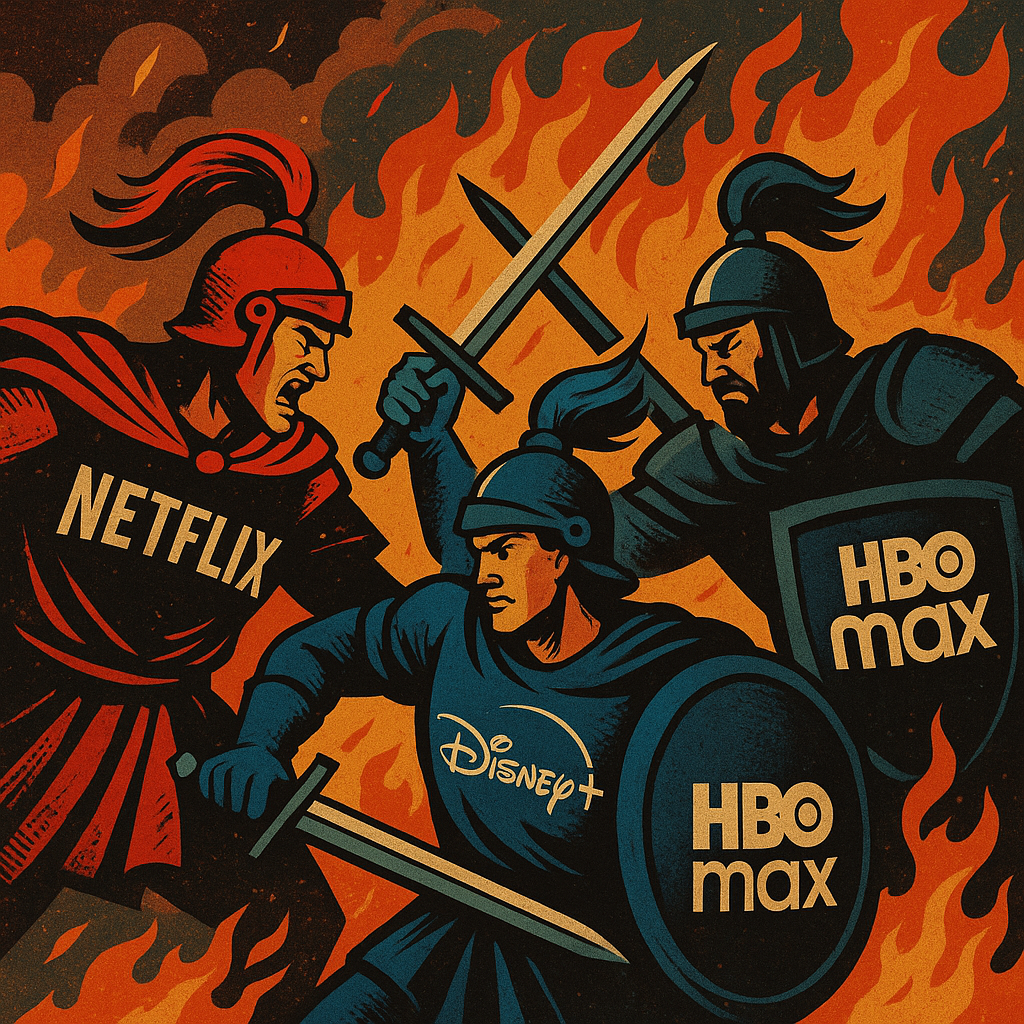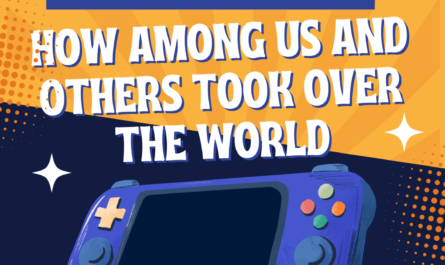The television industry has experienced a seismic shift over the past decade, with streaming platforms taking center stage in the “streaming wars”—a fierce competition among digital giants like Netflix, Disney+, HBO Max, Prime Video, and Apple TV+ to dominate the entertainment landscape. As traditional cable fades and on-demand viewing becomes the norm, audiences are faced with an overwhelming array of choices.
This article breaks down the rise of streaming, the strategies fueling this digital showdown, and what the future holds for TV series in a rapidly evolving media world.
The Rise of Streaming Giants
The streaming wars officially began when Netflix evolved from a DVD rental service into a streaming powerhouse in 2007. Its investment in original content, such as House of Cards and Orange Is the New Black, set a new standard for serialized storytelling.
Major competitors soon followed:
-
Amazon Prime Video debuted prestige projects like The Boys and The Marvelous Mrs. Maisel.
-
Disney+ launched in 2019, leveraging its ownership of Marvel, Star Wars, and Pixar.
-
HBO Max combined legacy HBO titles with Warner Bros. exclusives.
-
Apple TV+ entered with a curated slate of high-quality originals.
These platforms sparked an unprecedented content boom, all vying for viewer attention and subscription dollars.
Binge Culture: Reshaping How We Watch
A key hallmark of the streaming wars is the rise of binge-watching. Releasing entire seasons at once has become a signature tactic to keep users engaged for longer periods.
This has changed storytelling structure—TV writers now plan arcs that cater to continuous viewing, with cliffhangers and emotional momentum baked into each episode. It’s a stark contrast to traditional weekly broadcasts.
Original Content as the Battlefield
In the streaming wars, original content is the ultimate weapon. Exclusive, high-quality series serve as subscriber magnets:
-
Netflix boasts titles like Stranger Things, Wednesday, and Squid Game.
-
HBO Max excels with Succession, The Last of Us, and Euphoria.
-
Disney+ dominates franchise-driven programming (The Mandalorian, Loki).
-
Apple TV+ focuses on critically acclaimed series like Severance and Ted Lasso.
Original programming not only drives platform growth—it shapes global pop culture and wins major awards.
Going Global: Breaking Language Barriers
One of the most revolutionary outcomes of the streaming wars is the global rise of non-English content. International hits like Money Heist (Spain), Dark (Germany), and Squid Game (South Korea) have proven that subtitles are no longer a barrier.
Platforms now invest heavily in regional productions to grow local markets and find the next global breakout hit.
Pricing, Ads, and Subscriptions: A Shifting Landscape
With so many options, how do streaming platforms remain profitable?
-
Ad-supported tiers: Netflix and Disney+ now offer lower-priced plans with ads.
-
Bundles: Disney offers a package including Hulu and ESPN+.
-
Password sharing crackdowns: Platforms are tightening restrictions to protect revenue.
But rising costs and subscription fatigue have consumers reconsidering how many platforms they truly need—forcing services to adapt.
The Decline of Cable and Traditional TV
Cord-cutting is at an all-time high, and younger audiences overwhelmingly favor streaming. As a result, legacy networks are either launching their own platforms (e.g., CBS to Paramount+) or collaborating with existing streamers.
Cable TV still holds a foothold in live sports and news—but even these are being targeted by streamers like YouTube TV and Fubo.
UX Matters: Tech That Keeps You Watching
Streaming wars aren’t just about shows—they’re about the experience. Key innovations driving user retention include:
-
Personalized recommendations powered by AI
-
High-resolution formats (4K, HDR, Dolby Atmos)
-
Offline downloads for mobile viewing
-
Cross-device syncing and smart TV integrations
Experimentation with interactive content (Bandersnatch, Kaleidoscope) hints at the next evolution in viewer engagement.
Streaming Wars: Current Leaders and Laggards
So who’s winning the streaming wars in 2025?
-
Netflix remains the global subscriber leader, though growth has slowed.
-
Disney+ surged thanks to its brand empire.
-
HBO Max holds critical prestige, but faces pricing pressure.
-
Apple TV+ is a smaller player, but punches above its weight in awards.
-
Peacock and Paramount+ struggle to stand out and may be acquisition targets.

Challenges Ahead: Fragmentation and Fatigue
Despite success, the streaming ecosystem faces mounting issues:
-
Content overload makes it hard to stand out.
-
Platform fragmentation forces users to juggle multiple subscriptions.
-
Higher prices risk alienating cost-sensitive audiences.
-
Algorithm-driven cancellations frustrate fans and creators alike.
These tensions may drive consolidation or push platforms toward a “less is more” approach—emphasizing fewer, higher-quality shows.
Future Trends: What’s Next in the Streaming Wars?
Looking ahead, several innovations could define the next phase:
-
AI-generated content and automated editing tools
-
Crossovers with gaming, especially on Netflix
-
Social-first storytelling influenced by TikTok and YouTube creators
-
Live events and weekly releases to generate buzz
-
Decentralized or creator-driven platforms for independent series
Meanwhile, creators demand fair compensation and clearer metrics—highlighted by recent industry strikes.
Conclusion: A New Era of Television
The streaming wars have rewritten the rules of television. In this battle for attention, the viewer ultimately wins—with more control, more content, and more diversity than ever before.
But as the dust settles, only platforms that balance innovation, quality, and affordability will survive. Whether it’s a bingeable blockbuster or a five-minute vertical drama, the definition of “TV” is evolving—and the digital throne remains up for grabs.
If you liked this article, check out: Independent Films VS Blockbusters
also checkout: Click Here



